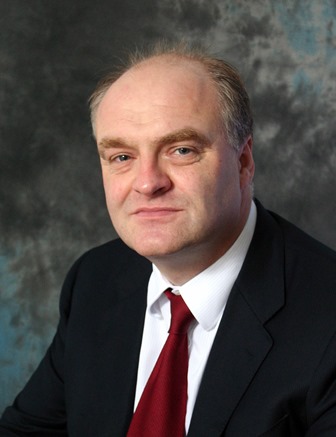The underestimated power of technological change
How can technology affect traditional industries?
James Anderson, Manager, Scottish Mortgage Investment Trust
 View the Scottish Mortgage company profile page
View the Scottish Mortgage company profile page
Last year Tom Slater, deputy manager of Scottish Mortgage Investment Trust, visited the West Coast of America and spent several months amongst Northern Californian capitalists. His experiences have been extremely helpful in allowing us to interpret the waves of innovation and disruption that have emanated from the San Francisco Bay area. Our principal preoccupation this year has lain in our attempts to see how far these have spread into new industries and geographies outside their traditional information technology redoubts. For all the remarkable progress that the last two decades have offered in electronics there has been a lingering feeling of disappointment that innovation has predominately been confined to the electronic world. As the acerbic venture capitalists Peter Thiel and Max Levchin have frequently observed ‘if you look outside the computer and the internet, there has been 40 years of stagnation’ and that the US innovation system is ‘near death’. They exaggerate. But more importantly we think that marked improvement is imminent. We believe that this is the single most important contention that we have at present. On its accuracy or otherwise will future returns depend.
2013–14 appears to have been the year in which structural change began to transform the healthcare landscape. A year ago we noted encouraging developments in genomic science. Since then the sharp falls in sequencing costs and increases in data scope and utility have prompted a transition from academic to practical enthusiasm. Illumina’s considerable lead in the provision of sequencing has similarly translated into significant new machines, strong orders and much broader market opportunities. If the clinical benefits that seem likely to follow do come to fruition then the scale and longevity of the investment opportunity in genomic science ought to be very substantial. Presumably even Mr Thiel would accept that making most forms of cancer a manageable disease would count as beneficial progress.
The car and utility industries have been two of the dullest, least innovatory and most uninteresting sectors in the world for several decades. Some would go further than this. The CEO of US generator NRG has described his utility industry as ‘the least innovative industry in America, maybe the world, in history.’ The power of the incumbents to block real change has been far-reaching. Only major internal corporate mistakes have been threatening. Many have been made, especially in Detroit, to compensate for the lack of external stimulus. But these industries may now be subject to radical re-shaping. Whilst the combination of inertia and offsetting technological improvements are critical the trigger is the effervescent Elon Musk. Between Tesla and Solar City his companies are directly attacking the incumbents. That Tesla has become a realistic competitor to the internal combustion engine’s 130 year dominance and to even the better run luxury car companies is remarkable. The next challenges of building a mass market business and solving the storage conundrums are formidable but seem attainable in comparison with the challenges that have already been met. Increasingly our belief is that Scottish Mortgage’s previous unsatisfactory forays into alternative energy were premature and flawed in company selection rather than fundamentally doomed.

